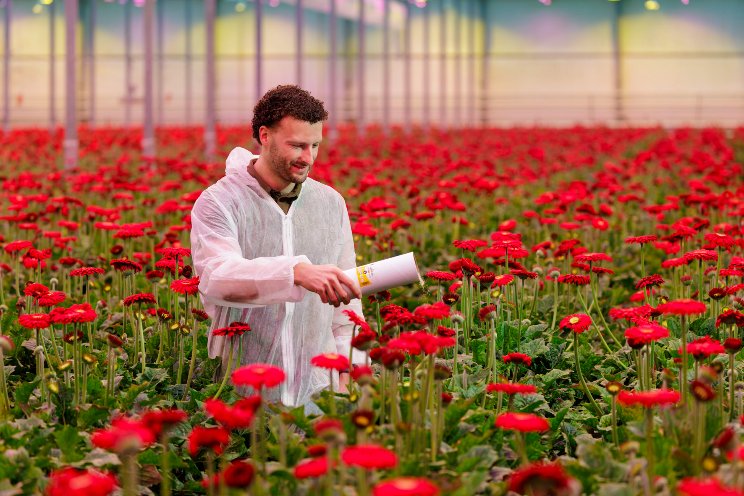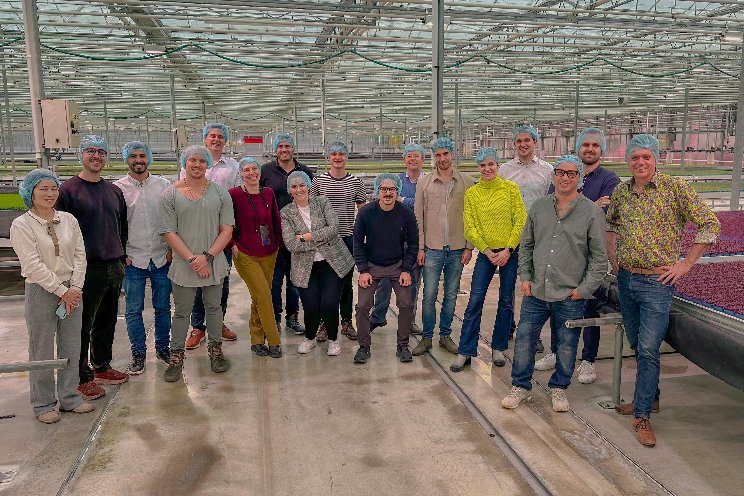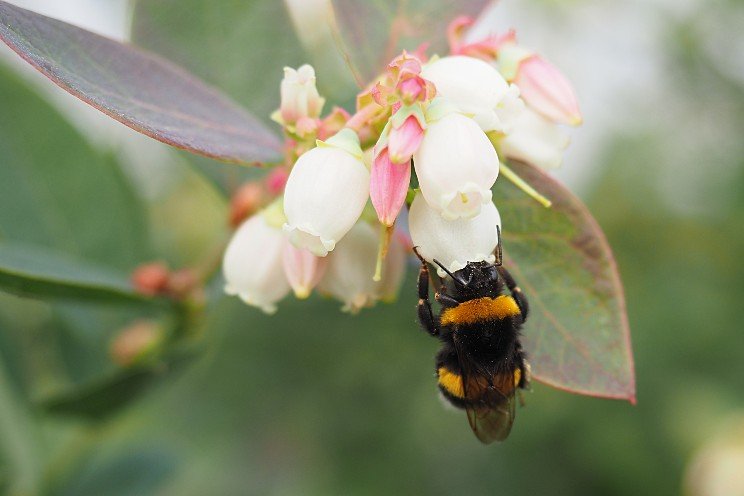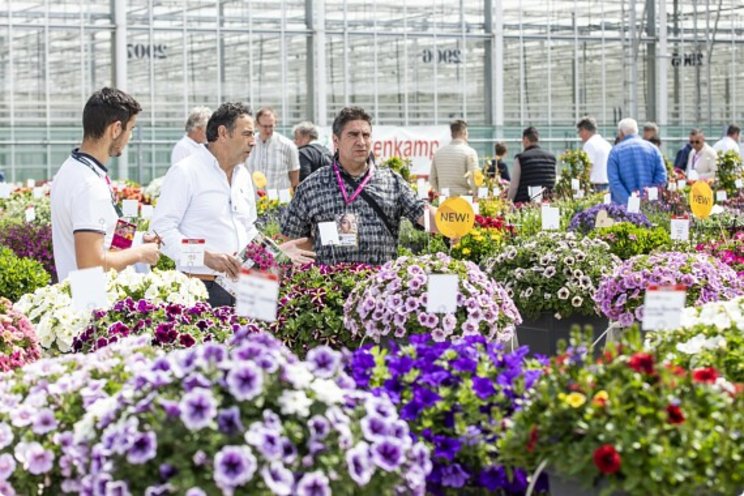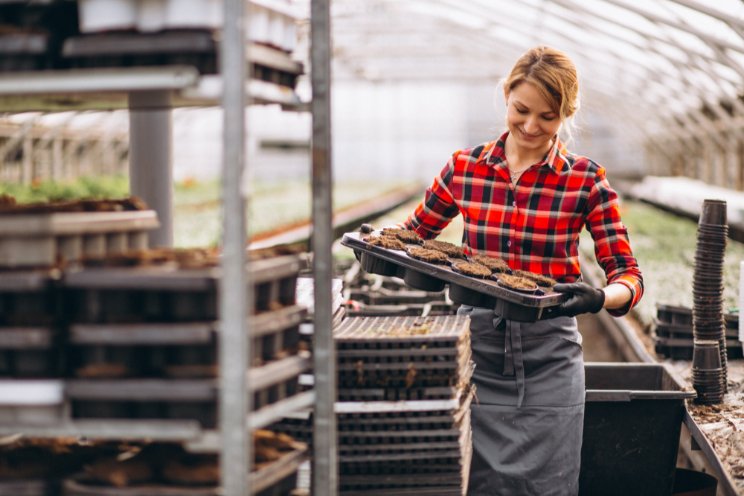Exploring the future of agriculture: A deep dive into robots
Added on 19 April 2024

These machines are classified based on their operational roles, including but not limited to:
- Seeding: Machines that automate the sowing of seeds, ensuring optimal depth and spacing.
- Transplanting: Machines that move plants from a dense nursery growth stage to a more spread out growth stage.
- Harvesting: Machines designed for efficiently cutting plants from their roots. Robots equipped with sensors and end-effectors to identify and pick ripe produce.
- Weeding and Pest Control: Units that use precision application of herbicides or mechanical methods to manage weeds and pests.
- Monitoring and Scouting: Drones or ground vehicles that gather data on crop health, moisture levels, and other critical parameters.
Image by user6702303 on Freepik
More news
